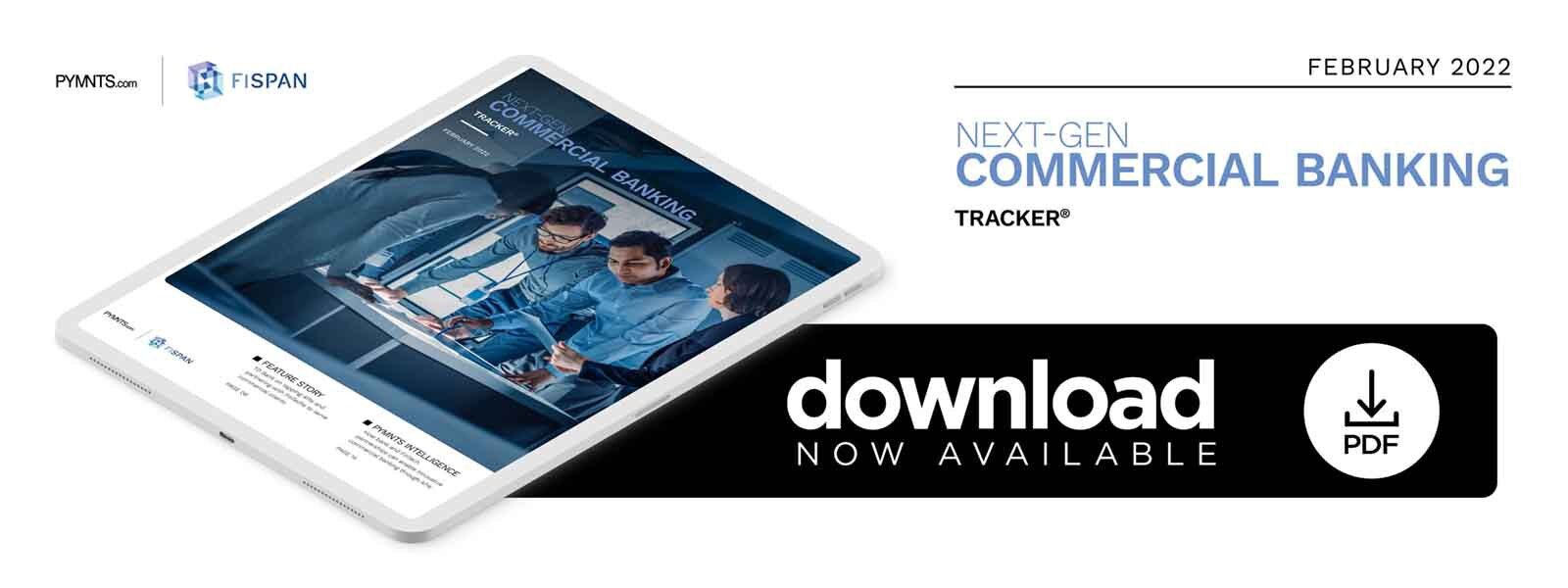TD Bank on Tapping APIs and Partnering With FinTechs to Serve Commercial Clients

Serving the different needs of commercial banking clients can be a challenge for even the biggest financial institutions. In The Next-Gen Commercial Banking Tracker, TD Bank’s Paul Margarites explains how leveraging outside software applications and tapping partnerships with innovative FinTechs is proving valuable in meeting clients’ diverse banking needs.
Application programming interfaces (APIs) enable real-time functionality across banking applications and services by streamlining their communications with one another. This functionality can benefit financial institutions’ (FIs’) internal and external operations.
One of the most notable perks APIs provide commercial clients is the creation of a single, seamless user experience. Paul Margarites, head of U.S. commercial digital platforms and FinTech partnerships at TD Bank, said his team uses APIs to tie clients’ banking processes and services together.
“If I use TD [Bank] as a commercial client, I might use TD for my payments, I might use TD for my receivables, I might use TD for my trade, finance or lending,” Margarites said. “What we’ve done — and continue to do — is connect those experiences via APIs into a single experience through our commercial digital portal, so that the client gets the benefit of the various systems but in a single, unique experience.”
TD Bank also gives customers access to banking details via APIs, enabling commercial clients to import the data into their preferred systems and work with it in the context of their operations. That same API functionality allows FIs to address clients’ unique needs through FinTech partnerships.
FinTechs as Partners in Finance
Margarites explained that FinTechs often excel at solving specific problems and leading the industry in a chosen niche. He said TD Bank leverages APIs to share banking data with these FinTech services, in turn enhancing the FI’s ability to serve customers’ unique needs. Some FinTechs, meanwhile, aggregate data to offer customers a broader view of their finances, enabling users to see all their information via just one portal.
“There are FinTechs out there, for instance, that are looking to do cash flow forecasting for clients,” Margarites said. “If a client has multiple banks, they can look to those FinTechs for cash flow forecasting, in which case we can deliver our APIs to those FinTechs to provide the clients with the experience they look for.”
FinTechs also can play a role in helping FIs develop APIs. Margarites said TD Bank has the capacity to develop APIs in-house, but that development with a FinTech partner is sometimes the best option. As with other business decisions, he said the bank takes a “buy, build, partner” approach to determine which method will achieve the desired capabilities with the greatest speed and lowest cost.
“[There are] core competencies we have and have built over time where it makes sense to build in-house,” Margarites said. “In other cases, there are needs that aren’t necessarily core to the actual banking infrastructure but are very valuable to our clients, in which case it might make sense to do a FinTech partnership.”
He also explained that a FinTech partnership could be the best solution if it enables banks to take advantage of industry-leading technologies rather than creating a solution in-house. FinTech partnerships also can accelerate the process for developing new API solutions.
“FinTechs are often a great solution, given that they’re able to rapidly innovate and evolve and roll out capabilities, much of which is due to well-designed and externalized APIs,” Margarites said.
Security, Efficiency and a Better Customer Experience
Speed and cost savings are not FIs’ only concerns when considering how clients receive their data. APIs also can address customer experience and data security. They are not limited to making customer experiences more efficient — they also make transactions more secure, even by simply removing steps from the process and reducing manual interventions.
“If my day-to-day is: I go to my bank, I download an Excel file with my bank reporting [and] my transaction details, then I have to manipulate the columns or put it into a certain format, and then I put it into my business system, there are multiple points along that chain [at which] something could have gone wrong,” Margarites said.
APIs can turn that entire process into a single click, offering a better customer experience that also protects against human error and the potential for data to be lost or stolen. He said APIs can save commercial clients a significant amount of time, as well.
“[It is these] normal tasks from our client’s treasury teams that we can reduce significantly so that their time is spent adding value to the business,” he explained.
Commercial banking clients need to be able to make real-time decisions, and APIs can help with one of FIs’ major challenges: having immediate access to the most up-to-date data. Beyond that, APIs also enable FIs to provide that data in a way that fits a business’s individual banking needs.
“We try to offer the various experiences to our clients that make sense for them because there’s no one-size-fits-all [experience] from a banking perspective,” Margarites said. “[APIs] allow us to face the challenge of creating the multiple customer experiences that we need to create for our clients.”
Margarites said to truly maximize APIs’ potential, FIs cannot look at them just as a way to transmit data or to extend the reach of their products. Capitalizing on APIs’ potential starts with examining what customers need and how FinTech partnerships fit into the equation.
That means looking closely at how businesses handle their banking data, how treasury teams’ day-to-day workflows progress and what software tools customers use. Understanding clients’ pain points is essential to identifying how APIs can make the customer experience better.

